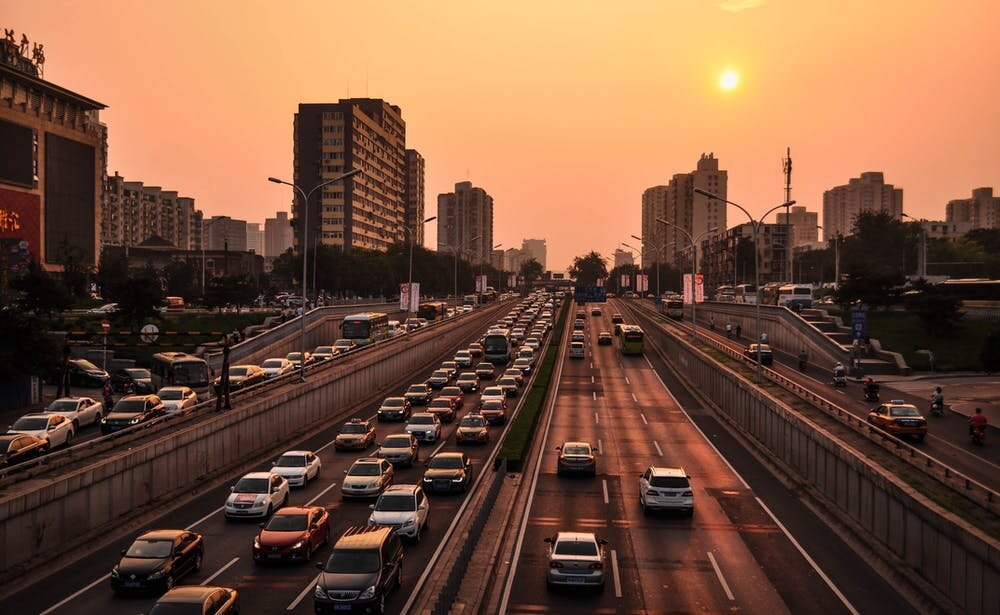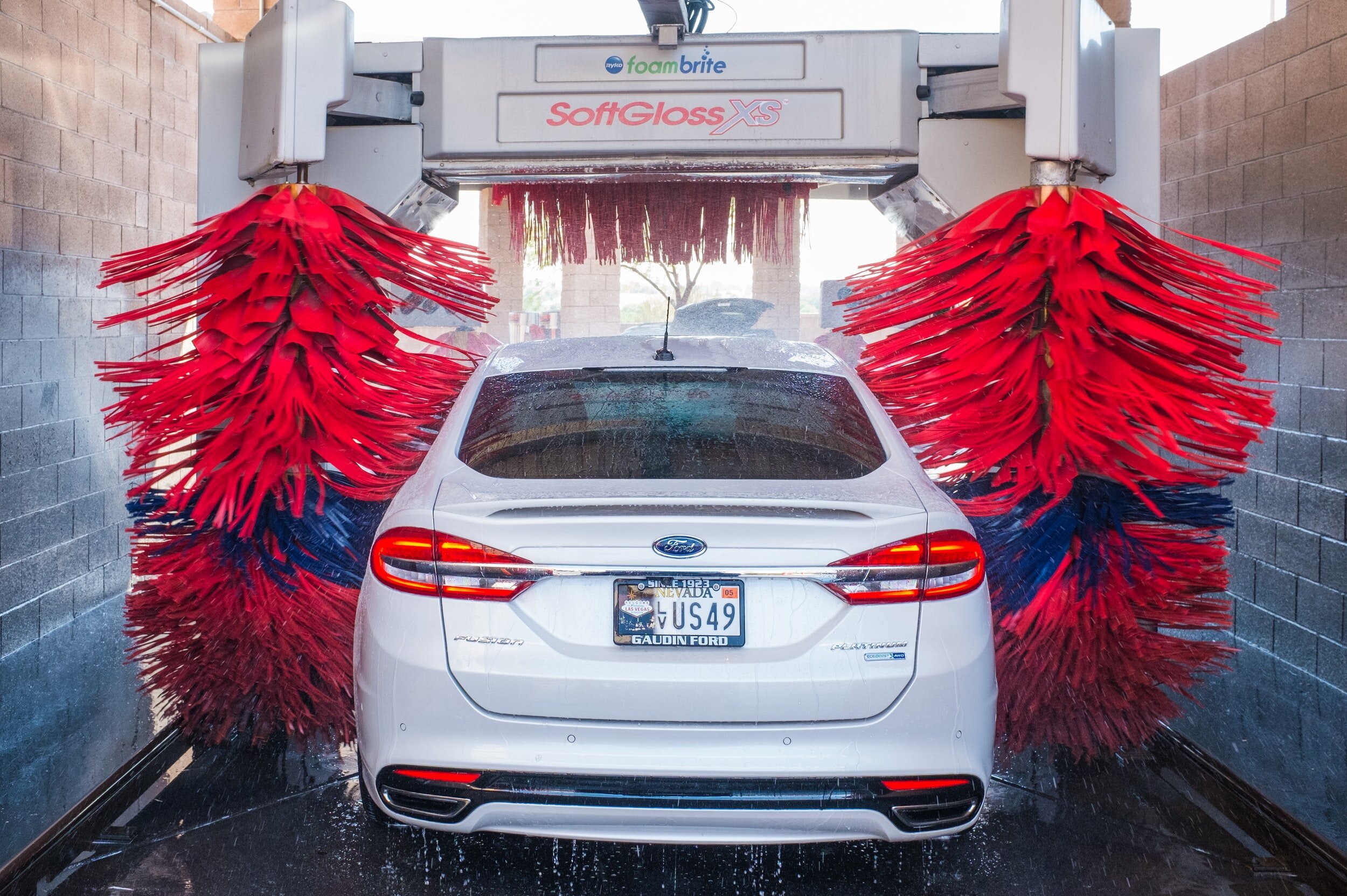What forms of transportation are best for the environment?
Aria Soeprono
University of California, Los Angeles, Environmental Science Studies & Footprint App User Research
The best form of public transportation depends on your area and what options are available to you, (like how far away you live from your place of work), but there are some general principles you can follow to use the best transportation method possible for you.
Tip 1
Avoid flying when possible
Until we find a better way of transporting ourselves across the world, flights are best used only when absolute necessity. Traveling is an enjoyment for some and for others it is a lifestyle. Yet, even avoiding one flight could make a big difference for the environment. Considerations could be as simple as trying to plan a trip that involves a destination a bit closer to home, and perhaps take the train instead.
pexels-photo-1154619.jpeg
Tip 2
Have a “Stay-cation”
Sometimes you can have valuable experiences and discover new places, even close to home. Sure, the journey could be better than the destination in some cases, but wouldn’t you like to spend more of your precious time off enjoying what is around you rather than stuck on a long plane ride? For smaller weekend trips, instead consider a stay-cation where you could watch footage of different places of the world and even nature documentaries to satisfy your desire for new, exciting experiences.
Tip 3
Reconsider Business Travels
Even flights that seem mandatory may be less-than-necessary, like that one business meeting that definitely could have worked just as well if it were instead a video conference call. The Covid-19 pandemic has taught people that it is possible to conduct business remotely, and there are more alternative options than people previously considered. As the world starts to get back to a regular pace, it's important to reflect on those key lessons learned about what travels are necessary, and these insights could be used to reduce plane emissions.
Tip 4
Live without a vehicle
If you live in an area where it is safe and feasible to do so, you can switch your commute to biking, walking, or public transportation, and go entirely without a vehicle. This can cut down on personal expenses like car insurance and gas, while at the same time avoiding all of the associated emissions of driving a car.
Tip 5
Walk or bike as much as possible
The absolute most sustainable transportation method is to live in a close-knit community and be able to walk or bike to work, the store, school, wherever you may need to go. In reality, this is an unrealistic and idealistic solution, at least based on the structures that currently exist. There are some people that make a life without a car look easy, but it takes dedication and the right structures in place to make walking or biking around safe to do. Nonetheless, the sentiment of this principle emphasizes driving the least amount possible.
Tip 6
Use public transportation
The next best option is to take public transportation, especially if the bus fleet is powered by electric buses (in some areas this is the case). The reason behind this is that the more people that travel at once, the emissions are being balanced among all of them instead of each person contributing a car ride’s worth of emissions.
Tip 7
Ride Share or carpool
Carpooling or ride sharing is the next best option to public transportation, because it means that you are essentially dividing the transportation emissions among all of the passengers. The more people you can include in your ride sharing group, the better. You can set up a carpooling system with your neighbors to switch off taking children to school, or even carpool with a friend to work.
Tip 8
Drive Smarter
Even if you have no choice but use a conventional, gasoline-powered vehicle, you can still make choices to reduce carbon emissions. Simple behavioral choices like driving slower, accelerating gently, and avoiding pressing on the break pedal unnecessarily can make a huge difference in fuel consumption. For example, when your breaks get worn down, they emit pollutants into the air (PCI, 2020). It is also important to know that idling should be avoided because it is unnecessarily burning fuel when the car is not even driving.
Tip 9
Maintain your vehicle
If you own a car out of necessity, it matters what type of car you drive. Older cars are typically less fuel efficient and diesel engines are well-known for being terrible for the environment. If you currently own a vehicle, whether old or new, maintenance is key to prevent unnecessary pollution.
Tip 10
Drive Electric
Electric and hybrid cars are becoming more accessible to people and have a great sustainability image. While in some cases they live up to this expectation (like in California where a significant percentage of the power comes from renewable energy), they fall short of environmental expectations when they are charged using a power grid supplied by fossil fuels. This is not to persuade you to avoid purchasing an electric vehicle, only to emphasize the point that if you live in an area that relies heavily on fossil fuels for the power grid, an electric car would best be paired with personal solar panels on your roof so it can be charged from your garage, and receive the maximum environmental benefit (Delmas et al. 2017). Nonetheless, zero emission vehicles are still the best option out there if you absolutely need to own a car.
———
Hope you liked the article! ✌️
If you liked the article we would appreciate it you share it with friends or family to raise awareness.












